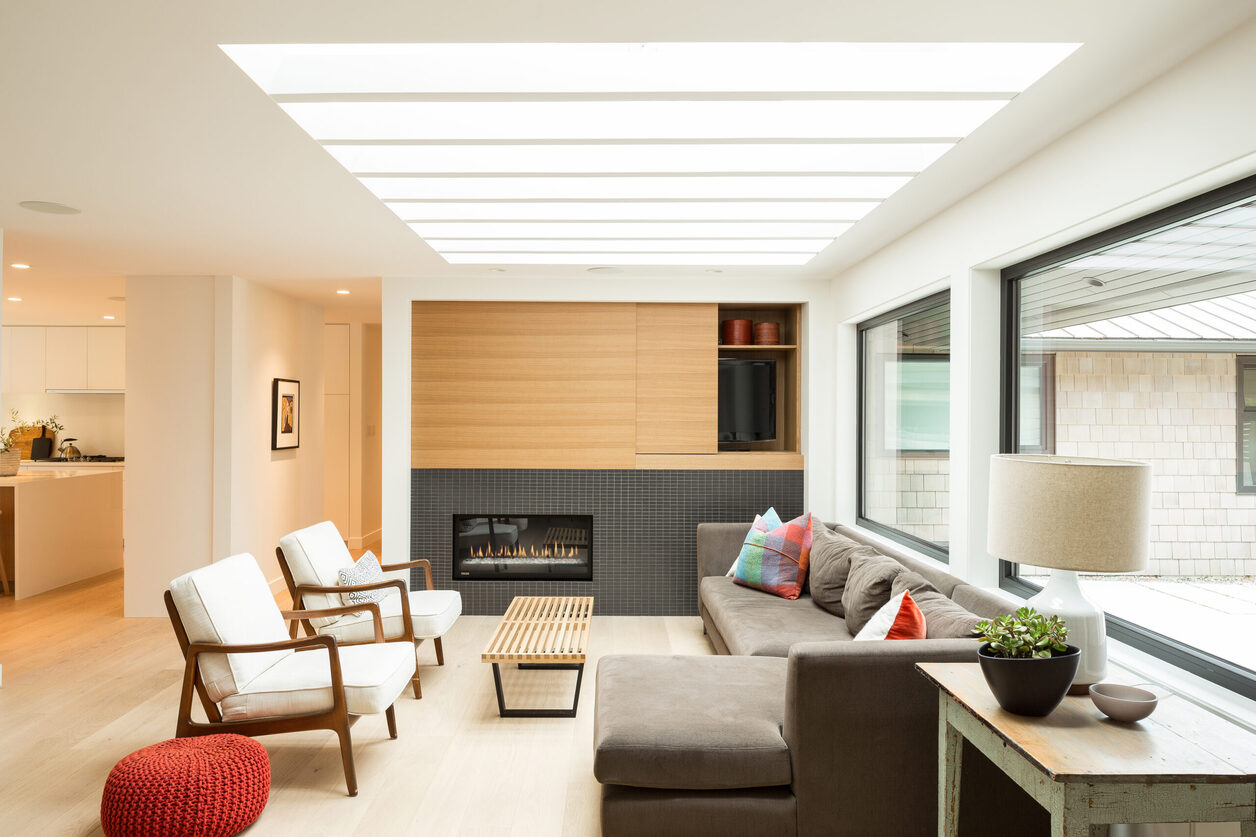

Articles
How Many BTUs Does A Gas Fireplace Use
Modified: January 8, 2024
Discover the answer to how many BTUs a gas fireplace uses in this informative article. Find out the factors that determine BTU output and make an informed choice for your home.
(Many of the links in this article redirect to a specific reviewed product. Your purchase of these products through affiliate links helps to generate commission for Storables.com, at no extra cost. Learn more)
Introduction
When it comes to creating a cozy and inviting atmosphere in your home, a gas fireplace can be a wonderful addition. Not only does it provide warmth and ambiance, but it also adds a touch of elegance to any living space. However, before investing in a gas fireplace, it is important to understand how many BTUs (British Thermal Units) it uses.
BTUs are a unit of measurement commonly used to quantify the amount of heat energy produced by gas appliances. Understanding the BTU rating of a gas fireplace is crucial in ensuring that it is suitable for the size of the room and the desired level of warmth. Additionally, knowing the BTU requirements can help optimize the energy efficiency of the fireplace.
In this article, we will delve into the world of BTUs and gas fireplaces, exploring how they work, factors that affect their BTU requirements, and how to determine the appropriate BTU output for your specific needs.
Key Takeaways:
- Understanding BTUs is crucial for choosing a gas fireplace that effectively heats your space. Consider factors like room size, insulation, and climate to determine the appropriate BTU output for optimal comfort and energy efficiency.
- Energy-efficient gas fireplaces not only reduce environmental impact but also save on energy costs. Consider programmability, insulation, and venting options to maximize energy-saving benefits and enjoy a cozy retreat for you and your family.
Read more: How Much Gas Does Fireplace Use
Understanding BTUs
Before we dive into the specifics of gas fireplaces, let’s first understand what BTUs are and why they matter. BTU, or British Thermal Unit, is a unit of measurement used to quantify heat energy. In the case of gas appliances, such as fireplaces, the BTU rating indicates the amount of heat output they can generate.
Think of BTUs as the horsepower of a gas fireplace. Just as the horsepower of a car determines its performance, the BTU rating of a fireplace determines how much heat it can produce. The higher the BTU rating, the more heat the fireplace can generate.
It’s important to note that the BTU rating alone doesn’t necessarily indicate the efficiency of the fireplace or how effectively it can heat a room. Other factors, such as insulation, room size, and airflow, also play a crucial role in determining the overall heating capability of a gas fireplace.
So, when shopping for a gas fireplace, it’s essential to consider both the BTU rating and the energy efficiency of the unit. A fireplace with a higher BTU output may seem appealing for heating large spaces, but if it’s not energy-efficient, it may end up costing more to operate in the long run.
Now that we have a basic understanding of BTUs, let’s explore how gas fireplaces work and how they utilize these units of heat energy.
How Gas Fireplaces Work
Gas fireplaces provide heat and the flickering glow of a real fire without the hassle of wood-burning fireplaces. They are designed to burn natural gas or propane, which produces heat and creates the illusion of flames through carefully crafted logs or ceramic inserts.
At the heart of a gas fireplace is the burner, which is responsible for combusting the gas fuel. The fuel is ignited by either a standing pilot light or an electronic ignition system. Once ignited, the burner produces a steady flame, which heats the ceramic logs or inserts.
The heated logs or inserts radiate the heat into the room, while a blower or fan system helps distribute the warm air throughout the space. Some gas fireplaces also have the option to control the flame height and heat output to suit individual preferences.
Modern gas fireplaces often come with additional features such as remote controls, thermostats, and timers, offering convenience and ease of use. These fireplaces are usually vented, meaning they have a flue or chimney to exhaust the combustion byproducts safely out of the home. However, there are also ventless options available, which recirculate and clean the exhaust gases within the fireplace itself.
Gas fireplaces are generally more efficient and cleaner burning compared to wood-burning fireplaces. They don’t produce ash, smoke, or soot, eliminating the need for regular chimney cleaning. Additionally, gas fireplaces can be turned on and off with a simple switch or remote control, providing instant heat and ambiance.
Now that we have a basic understanding of how gas fireplaces work, let’s explore the factors that can affect their BTU requirements.
Factors Affecting BTU Requirements
The BTU requirements of a gas fireplace can vary depending on several factors. Understanding these factors is essential in determining the appropriate BTU output for your specific needs. Let’s take a closer look at the key factors that can affect BTU requirements:
- Room Size: The size of the room where the gas fireplace will be installed plays a significant role in determining the BTU requirements. Larger rooms generally require a higher BTU output to effectively heat the space.
- Insulation: The level of insulation in the room can affect the BTU requirements. Well-insulated rooms will retain heat better, requiring lower BTU outputs to maintain a comfortable temperature.
- Ceiling Height: Rooms with high ceilings may require a higher BTU output as the heat needs to disperse over a larger vertical space.
- Climate: The climate of your region can impact the BTU requirements. Colder climates require higher BTUs to compensate for the lower outdoor temperatures.
- Windows and Doors: The number and quality of windows and doors in the room can affect heat loss. Rooms with more windows or doors may require a higher BTU output to offset the heat loss through these openings.
- Ventilation: Proper ventilation is crucial for gas fireplaces. If the room has poor ventilation, the BTU requirements may increase to ensure sufficient airflow and prevent the buildup of harmful gases.
It’s worth noting that these factors interact with each other, and it’s essential to consider the overall heating needs of the space. Consulting with a professional or utilizing online BTU calculators can help determine the appropriate BTU requirements for your specific situation.
Now that we understand the factors that can affect BTU requirements, let’s dive into the process of determining the BTU needs of a gas fireplace.
Determining the BTU Needs of a Gas Fireplace
Calculating the BTU needs of a gas fireplace involves assessing the specific requirements of the room where it will be installed. Here’s a step-by-step process to help you determine the appropriate BTU output:
- Measure the Room: Start by measuring the dimensions of the room, including the length, width, and height. Multiply these measurements to calculate the cubic footage of the space.
- Calculate the Heat Loss: Determine the desired temperature for the room and subtract the average outdoor temperature for your region. This will give you the heat loss in degrees Fahrenheit.
- Apply the Heat Loss Formula: To calculate the BTU requirements, use the following formula: BTU = Cubic footage of the room x Heat loss (in degrees Fahrenheit) x Appropriate multipliers (e.g., 0.02 for well-insulated rooms, 0.03 for average insulation, or 0.05 for poor insulation).
- Consider Additional Factors: Take into account other factors such as climate, windows and doors, ceiling height, and ventilation to adjust the BTU requirements accordingly.
- Consult with Professionals: If you’re unsure about the calculations or want to ensure accuracy, consider consulting with HVAC professionals or fireplace dealers who can provide expert advice tailored to your specific needs.
It’s essential to note that calculating BTU needs is not an exact science, and there can be some variation based on personal preference and unique circumstances. However, going through this process will give you a good starting point when selecting a gas fireplace with the appropriate BTU output.
Now that we have determined the BTU needs, let’s explore the importance of energy efficiency when it comes to gas fireplaces.
When calculating the BTUs for a gas fireplace, consider the size of the room, the insulation, and the desired temperature. A general rule of thumb is to estimate 20-40 BTUs per square foot for efficient heating.
Read more: How To Use Gas Fireplace
Energy Efficiency and Gas Fireplaces
When choosing a gas fireplace, it’s important to consider its energy efficiency. An energy-efficient fireplace not only helps reduce your carbon footprint but also helps save on energy costs in the long run. Here are some key points to understand about energy efficiency and gas fireplaces:
1. AFUE Rating: AFUE stands for Annual Fuel Utilization Efficiency and is a measure of how efficiently a gas fireplace converts fuel into heat. Look for fireplaces with a high AFUE rating, as it indicates a higher level of energy efficiency.
2. Programmability: Some gas fireplaces come with programmable thermostats, allowing you to set temperature preferences and schedules. This feature ensures that the fireplace operates only when needed, saving energy when you’re not at home or during warmer seasons.
3. Zone Heating: Gas fireplaces can provide an excellent alternative to heating the entire house. By using zone heating, you can focus warmth in the rooms you frequently use, while keeping the rest of the house cooler. This targeted heating approach can help reduce energy consumption.
4. Insulation: Ensuring proper insulation in the room where the fireplace is installed is key to maximizing energy efficiency. Well-insulated rooms will retain heat better, reducing the need for continuous operation of the fireplace.
5. Venting Options: Ventless gas fireplaces can be an energy-efficient choice in terms of heat output, as they recirculate and clean the exhaust gases within the unit. However, it’s important to note that they may not be suitable for all locations due to local building codes and indoor air quality concerns.
6. Regular Maintenance: Keeping your gas fireplace clean and well-maintained can improve its energy efficiency. Regularly clean the burner, inspect the logs or inserts for any blockage, and have the fireplace serviced by a professional annually to ensure optimal performance.
By considering these energy-efficient features and practices, you can enjoy the warmth and ambiance of a gas fireplace while minimizing energy consumption and costs.
Now, let’s compare the BTU outputs of different gas fireplaces to understand the range of options available.
Comparing BTU Outputs of Different Gas Fireplaces
Gas fireplaces come in a variety of models and sizes, each with its own BTU output. Understanding the range of BTU outputs available can help you choose a gas fireplace that suits your heating needs. Here’s a comparison of BTU outputs for different types of gas fireplaces:
- Vent-Free Gas Fireplaces: Vent-free gas fireplaces typically have lower BTU outputs ranging from 20,000 to 30,000 BTUs. These fireplaces are designed for smaller spaces and are great for supplemental heating.
- Vented Gas Fireplaces: Vented gas fireplaces generally have higher BTU outputs, ranging from 30,000 to 60,000 BTUs. These fireplaces are ideal for larger rooms and can provide more substantial heat for primary heating purposes.
- Direct-Vent Gas Fireplaces: Direct-vent gas fireplaces fall in between vent-free and vented fireplaces in terms of BTU outputs. They typically range from 25,000 to 40,000 BTUs and are known for their versatility and energy efficiency.
- High-Efficiency Gas Fireplaces: High-efficiency gas fireplaces utilize advanced technologies to maximize heat output while minimizing gas consumption. These fireplaces can have BTU outputs ranging from 35,000 to 60,000 BTUs and are designed to efficiently heat larger spaces.
- Luxury Gas Fireplaces: Luxury gas fireplaces often feature customizable options and offer high BTU outputs, ranging from 40,000 to 80,000 BTUs. These fireplaces are designed to provide both luxurious aesthetics and substantial heat for larger, open-concept living spaces.
When considering the BTU output of a gas fireplace, it’s crucial to match it to the size and heating requirements of the room. A fireplace with too low of a BTU output may struggle to heat the space adequately, while one with an excessively high BTU output may lead to unnecessary energy consumption.
Consulting with a fireplace professional can help you assess the specific heating needs of your home and select a gas fireplace with the appropriate BTU output for optimal comfort and energy efficiency.
Now that we have explored the BTU outputs of different gas fireplaces, let’s discuss the importance of proper sizing and installation.
Proper Sizing and Installation of Gas Fireplaces
Proper sizing and installation are critical when it comes to gas fireplaces. Ensuring that the fireplace is correctly sized for the space and installed according to safety guidelines is essential for optimal performance and safety. Here are key considerations for sizing and installation:
1. Sizing:
When choosing a gas fireplace, it’s important to select a size that is appropriate for the room. A fireplace that is too small will struggle to provide sufficient heat, while one that is too large may generate excessive heat and waste energy. Consider the dimensions of the room, ceiling height, insulation, and other factors discussed earlier to determine the appropriate size of the fireplace.
2. Clearances:
Clearances refer to the minimum distances required between the fireplace and surrounding combustible materials, such as walls, furniture, and flooring, to ensure safe operation. It’s crucial to follow the manufacturer’s guidelines for clearances during installation to prevent the risk of fire and ensure proper ventilation.
3. Ventilation:
Proper ventilation is crucial for gas fireplaces to ensure the safe exhaust of combustion byproducts. It’s essential to follow local building codes and manufacturer instructions when installing vented fireplaces. Additionally, ensure that the ventilation system is regularly inspected and cleaned to maintain good airflow and prevent the buildup of harmful gases.
4. Professional Installation:
Gas fireplace installation should be carried out by a qualified professional who has experience and knowledge in handling gas appliances. DIY installations are not recommended due to the potential risks involved. Hiring a professional ensures that the fireplace is installed correctly, adhering to safety standards and avoiding any potential gas leaks, venting issues, or other hazards.
5. Regular Maintenance:
To keep your gas fireplace operating safely and efficiently, regular maintenance is crucial. This includes cleaning the burners, inspecting the gas lines, and ensuring proper airflow. It’s recommended to have the fireplace serviced by a professional at least once a year to identify and address any potential issues.
By taking into consideration proper sizing and installation, you can enjoy a gas fireplace that not only enhances your home’s ambiance but also operates safely and efficiently.
Now, let’s conclude our exploration of BTUs and gas fireplaces.
Conclusion
Gas fireplaces provide warmth, convenience, and a cozy ambiance to any living space. Understanding the BTU requirements of a gas fireplace is essential to ensure it can effectively heat your room and meet your heating needs. By considering factors such as room size, insulation, climate, and ventilation, you can determine the appropriate BTU output for optimal comfort and energy efficiency.
When choosing a gas fireplace, it’s important to consider its energy efficiency, programmability, venting options, and regular maintenance to maximize its energy-saving benefits. Energy-efficient gas fireplaces not only reduce your environmental impact but also save on energy costs.
Comparing the BTU outputs of different gas fireplaces allows you to select a model that suits the size and heating requirements of your room. Vent-free, vented, direct-vent, and high-efficiency gas fireplaces offer a range of BTU outputs to cater to different room sizes and heating needs.
Proper sizing and installation of gas fireplaces are crucial for safety and performance. Following clearance guidelines, ensuring proper ventilation, and hiring a professional for installation are key to enjoying a gas fireplace safely and effectively.
By taking into consideration all these factors, you can choose a gas fireplace that not only adds warmth and beauty to your home but also operates efficiently and provides a cozy retreat for you and your family.
Now that you have a comprehensive understanding of BTUs and their significance in gas fireplaces, you can confidently embark on your journey to finding the perfect gas fireplace for your home.
Frequently Asked Questions about How Many BTUs Does A Gas Fireplace Use
Was this page helpful?
At Storables.com, we guarantee accurate and reliable information. Our content, validated by Expert Board Contributors, is crafted following stringent Editorial Policies. We're committed to providing you with well-researched, expert-backed insights for all your informational needs.
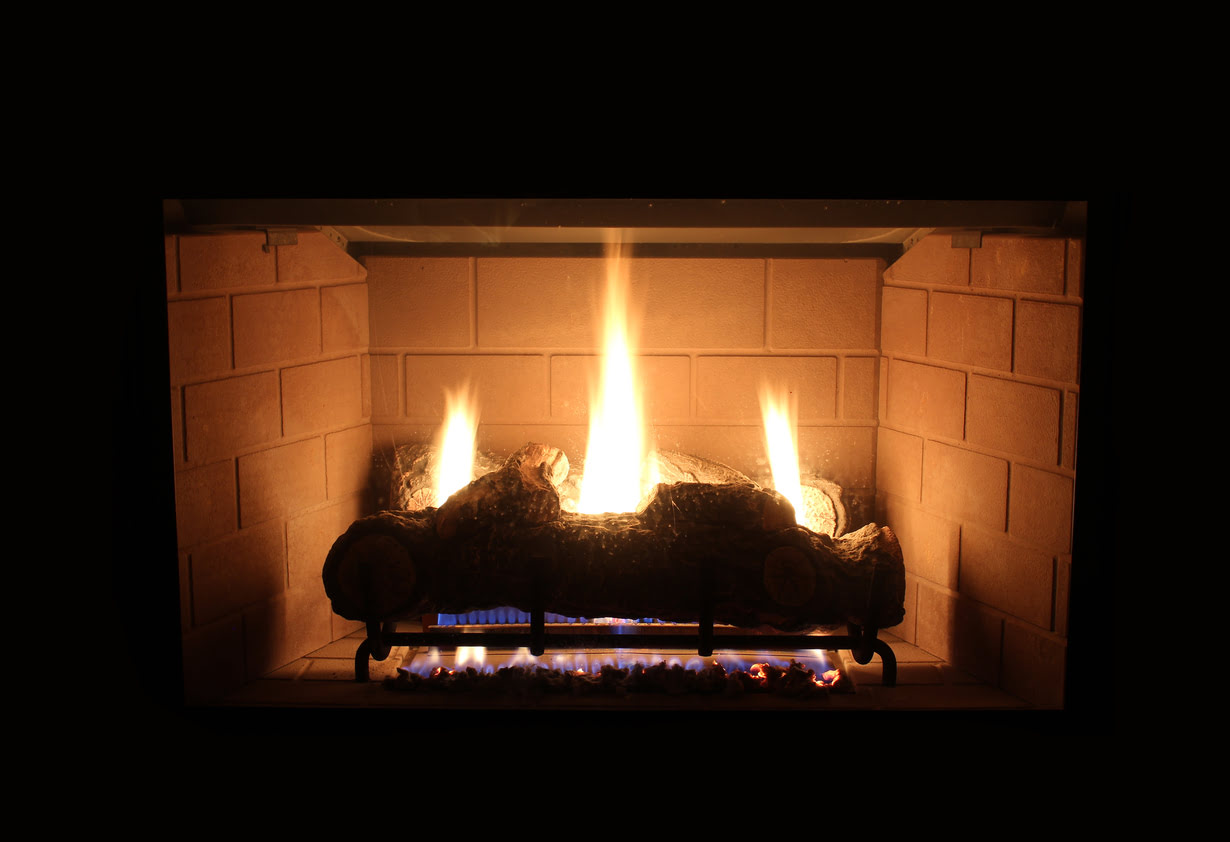
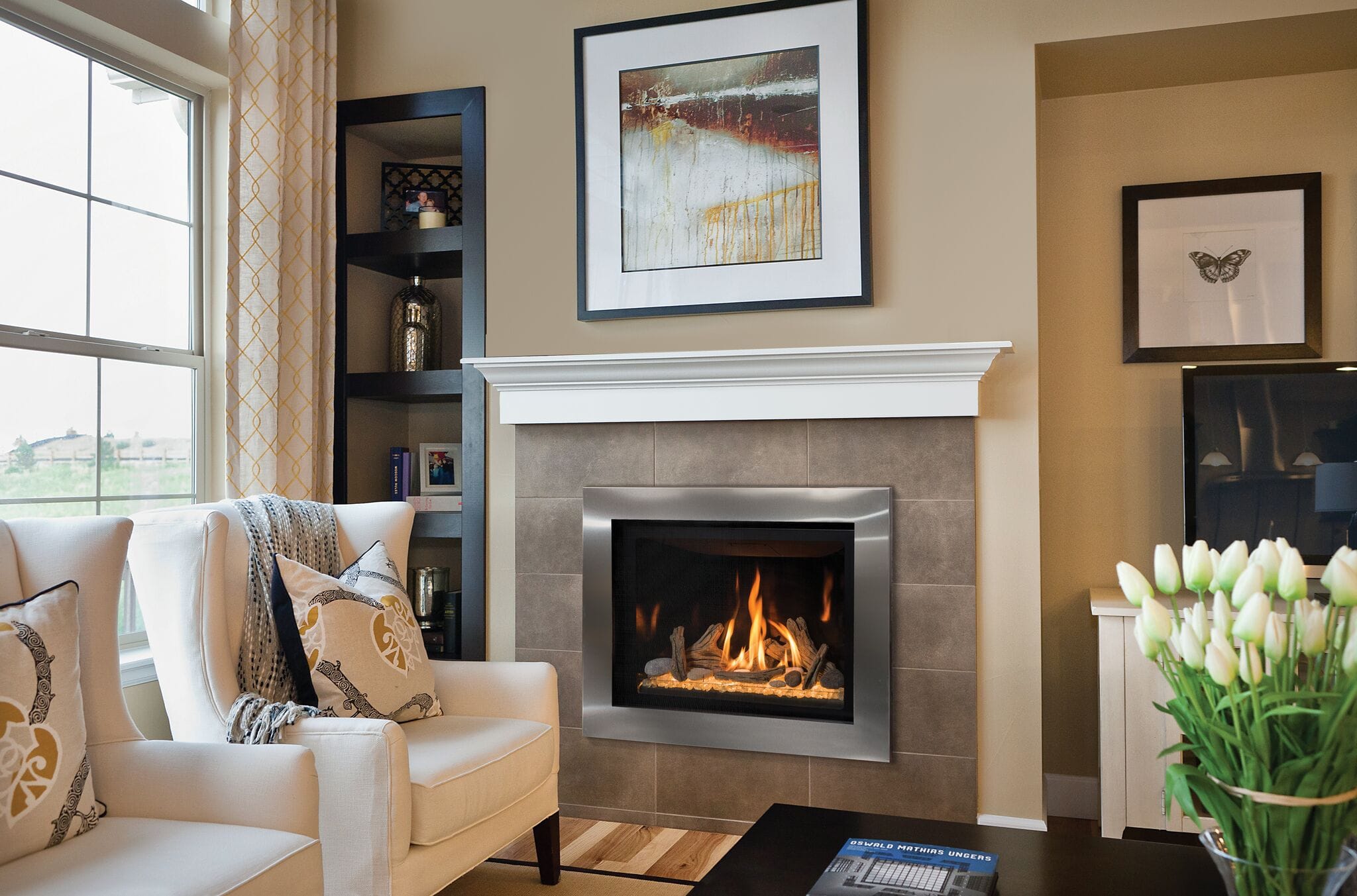
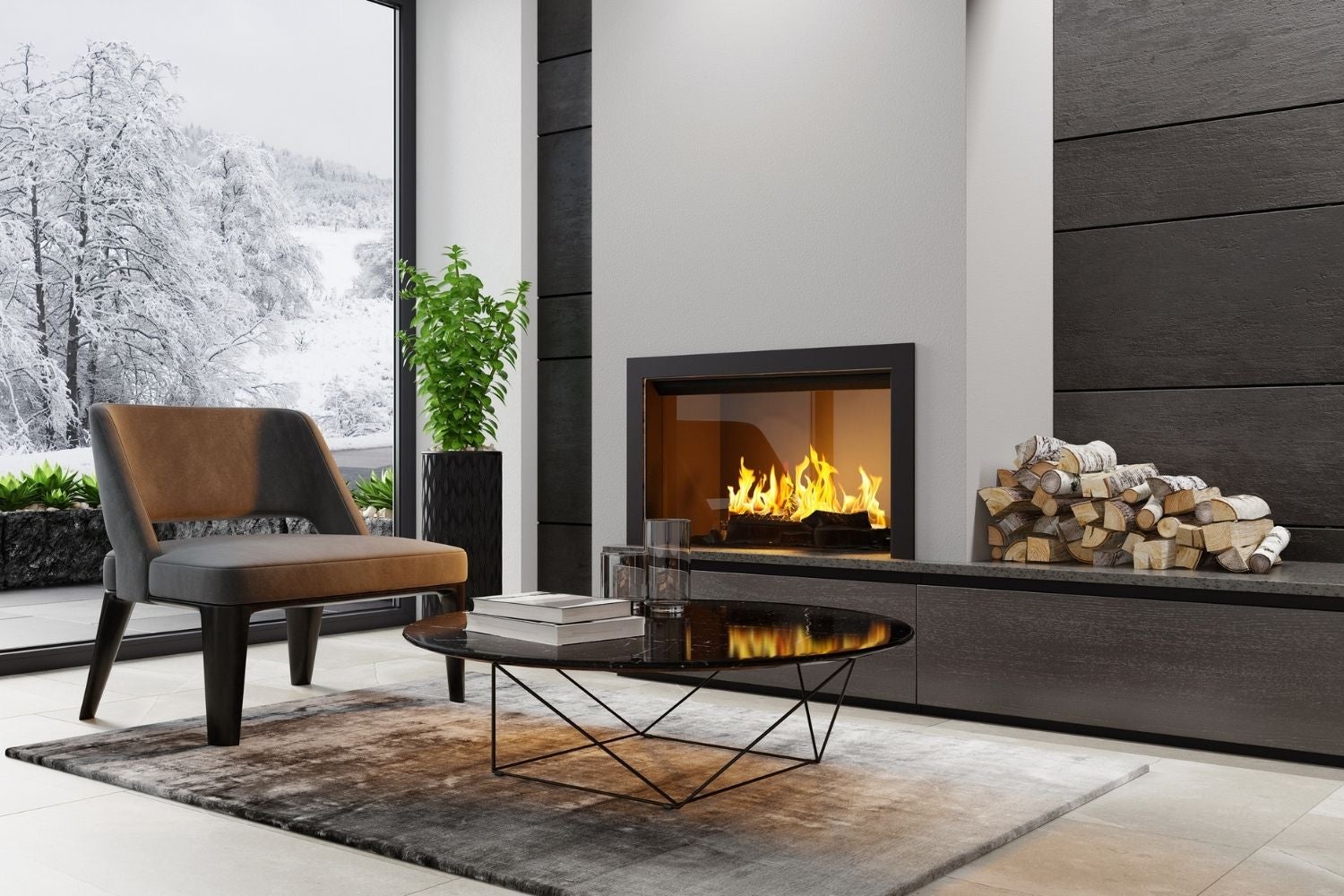

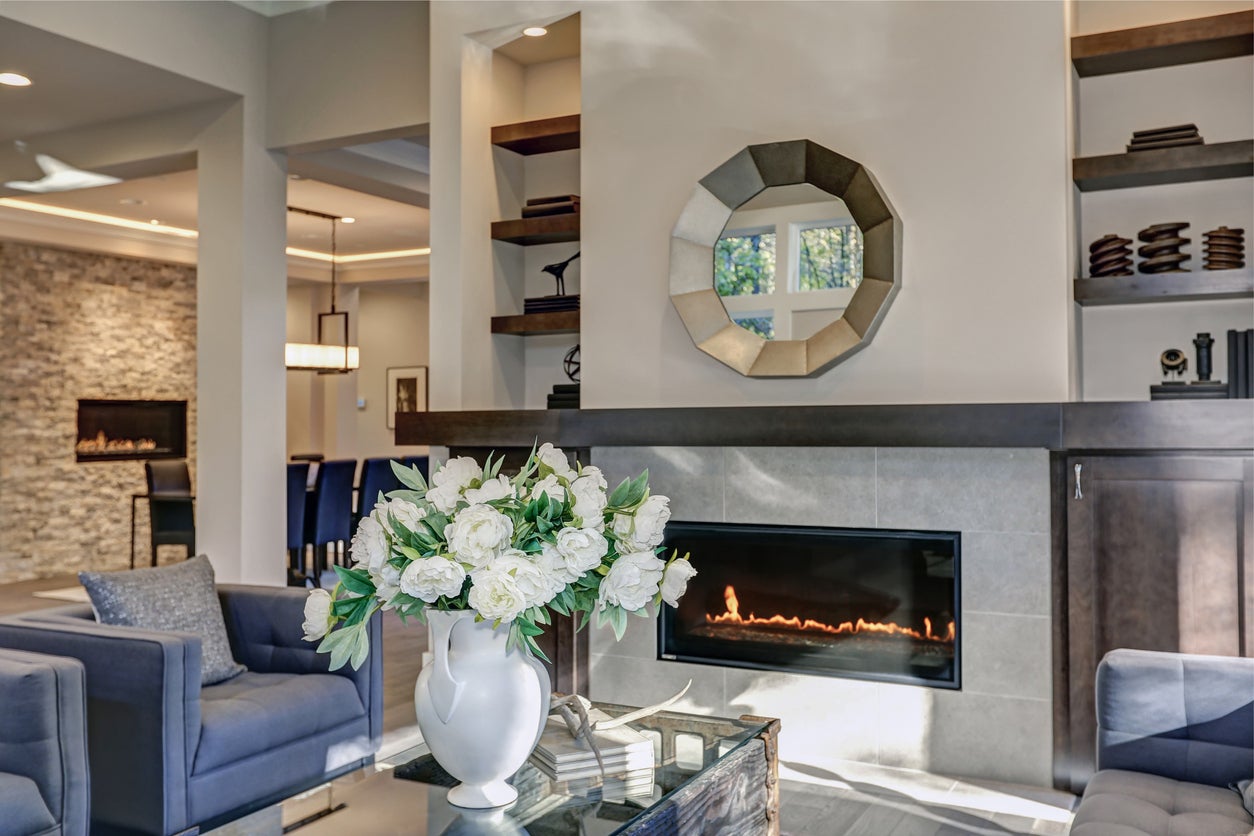
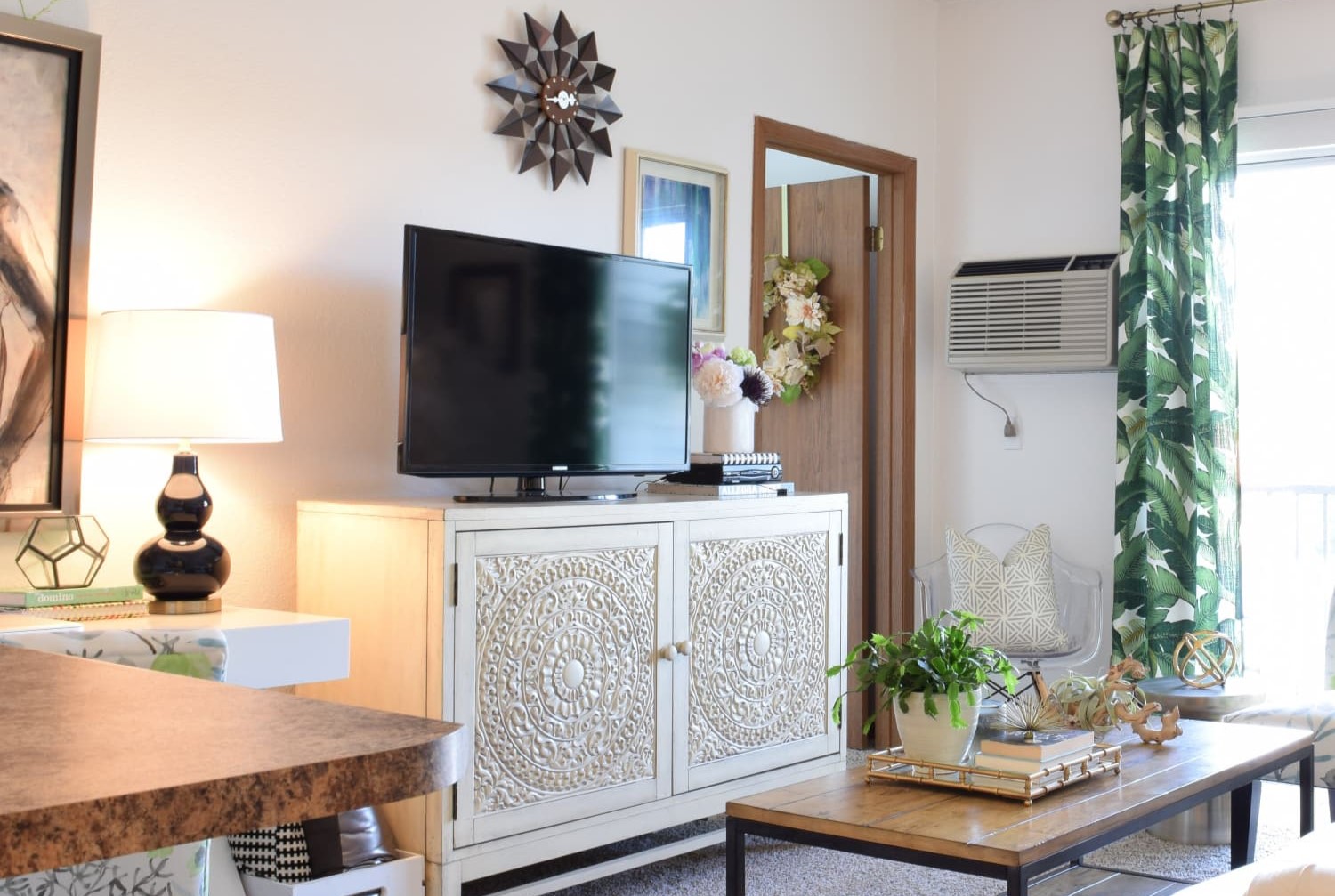
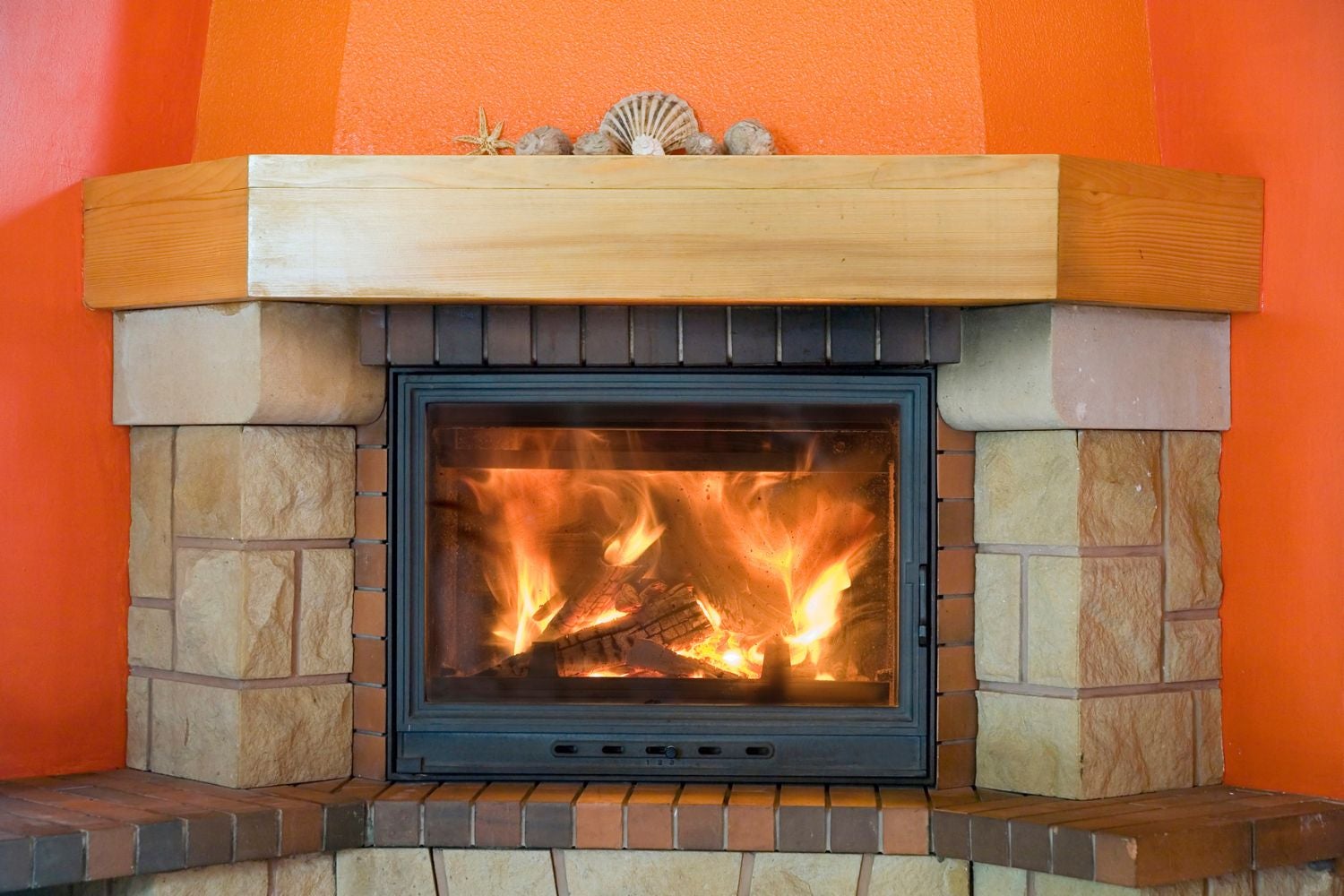
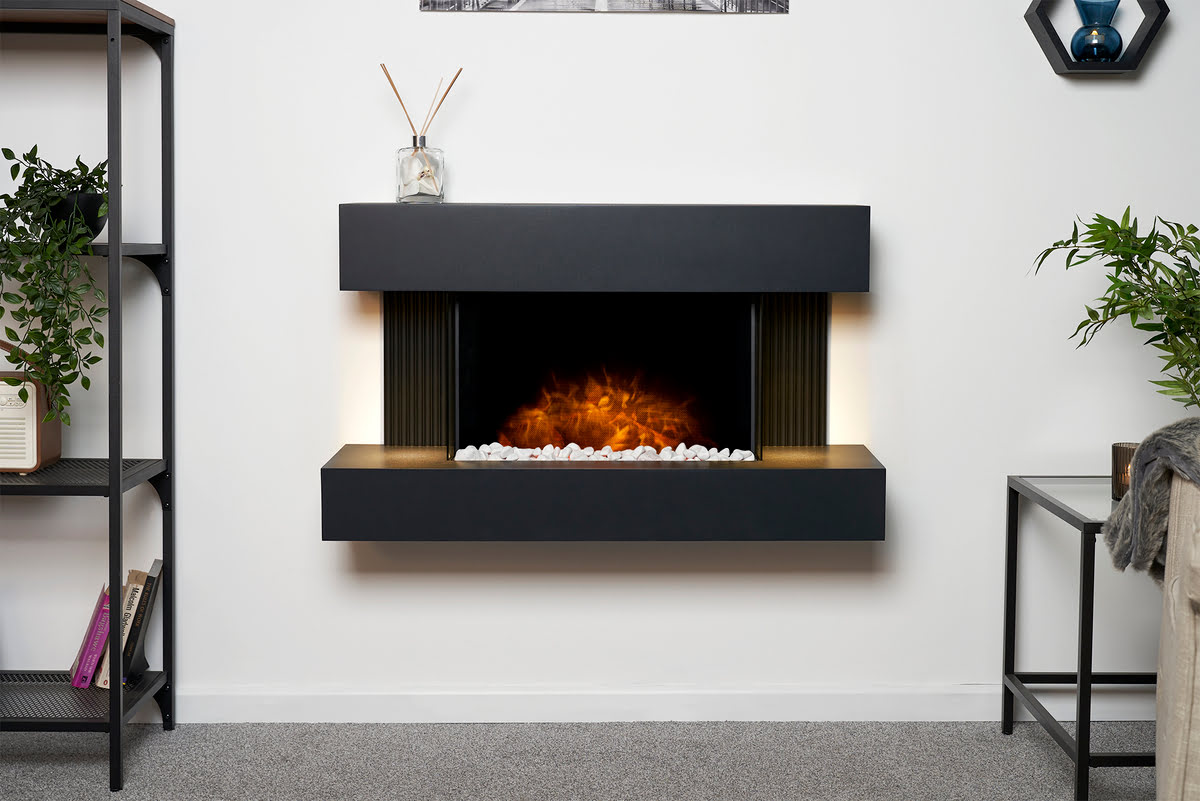
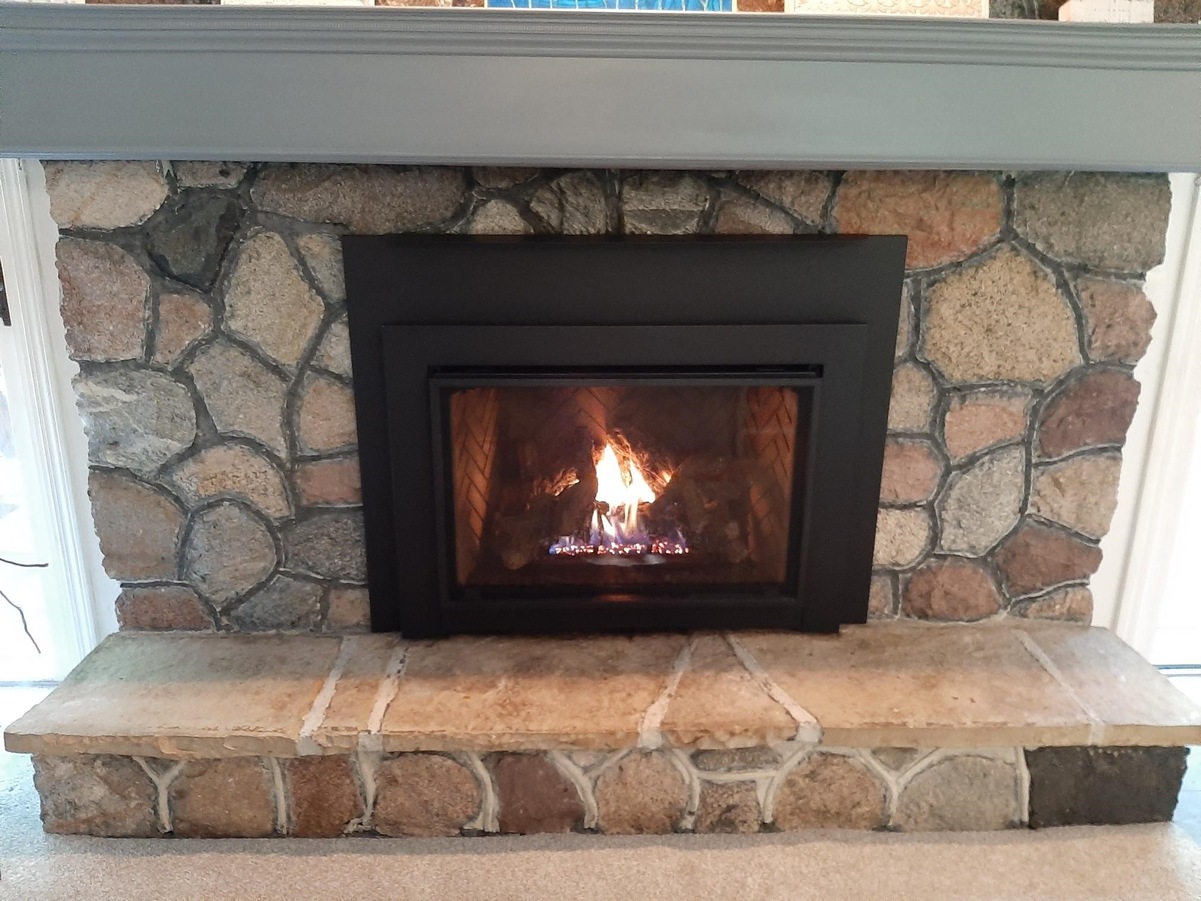
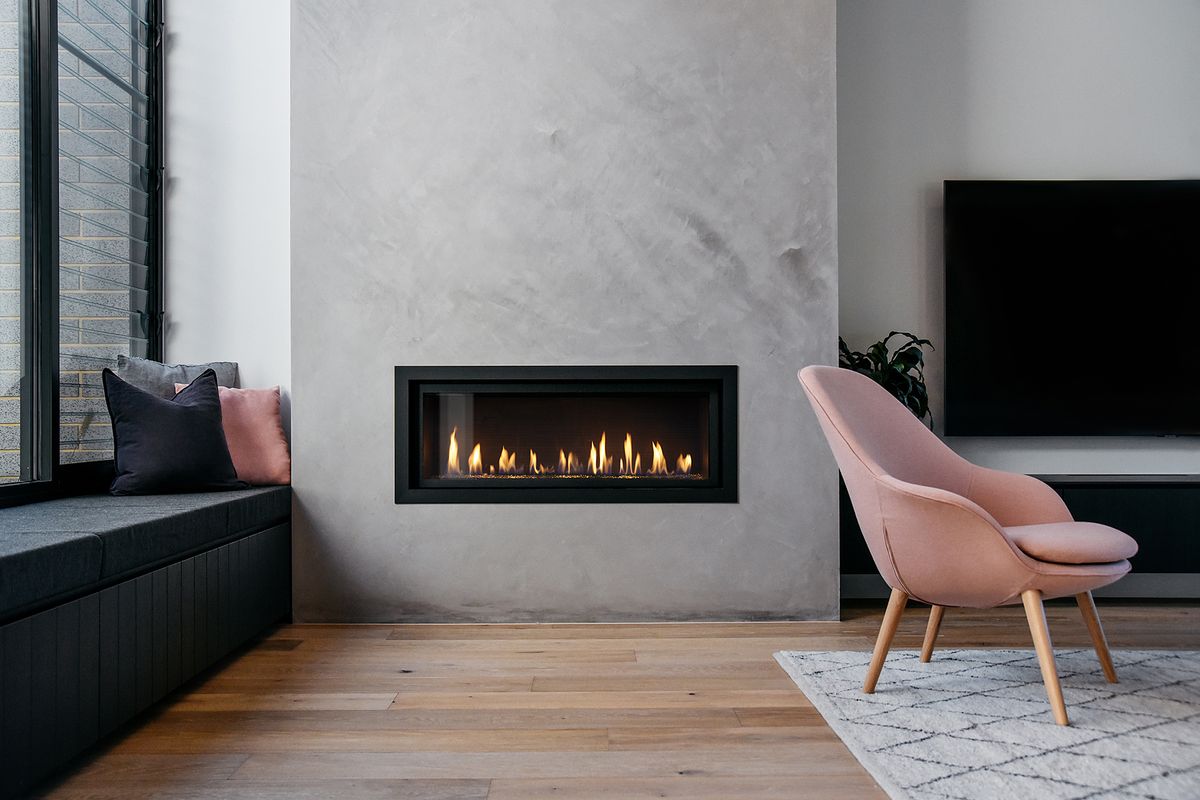
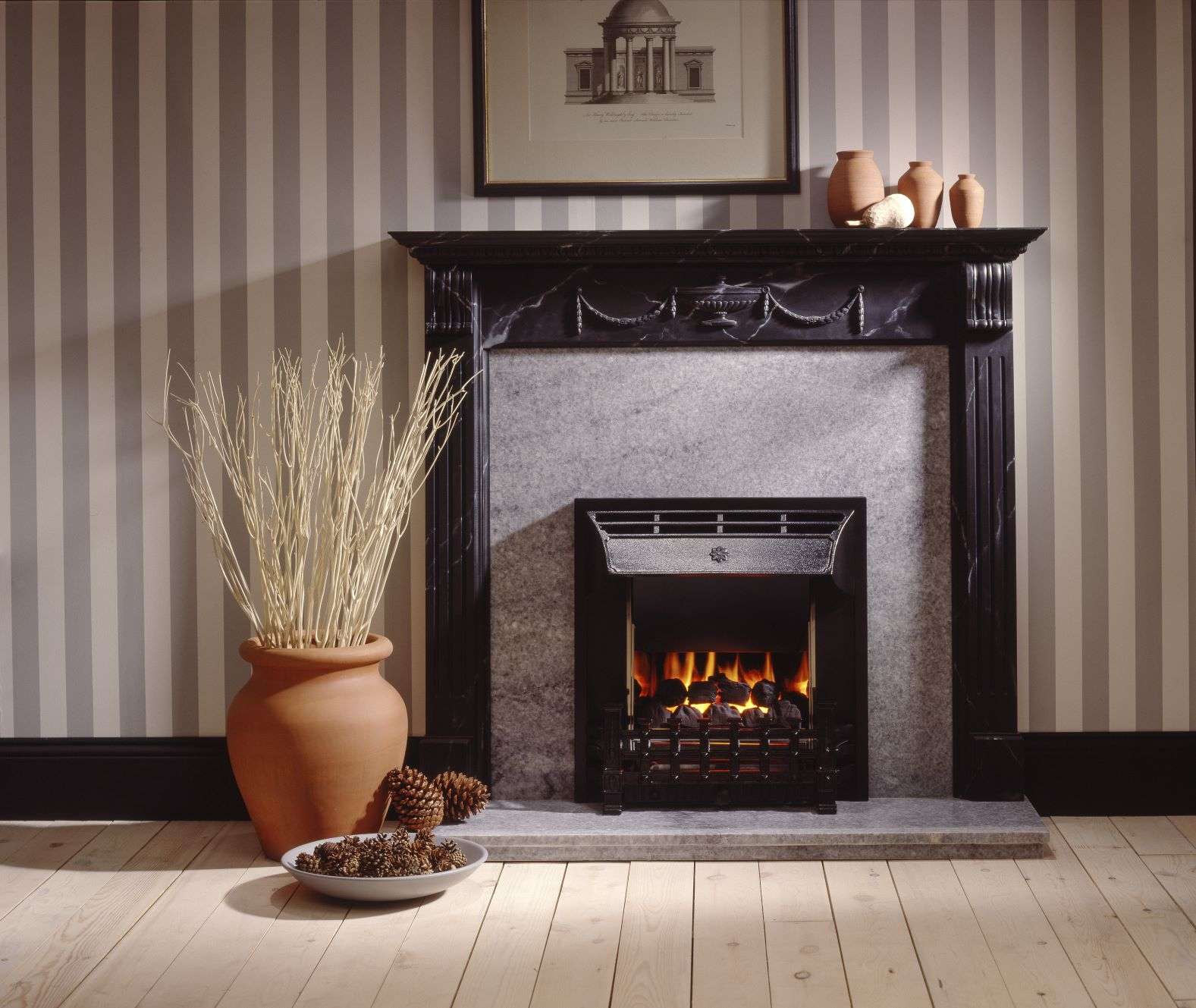
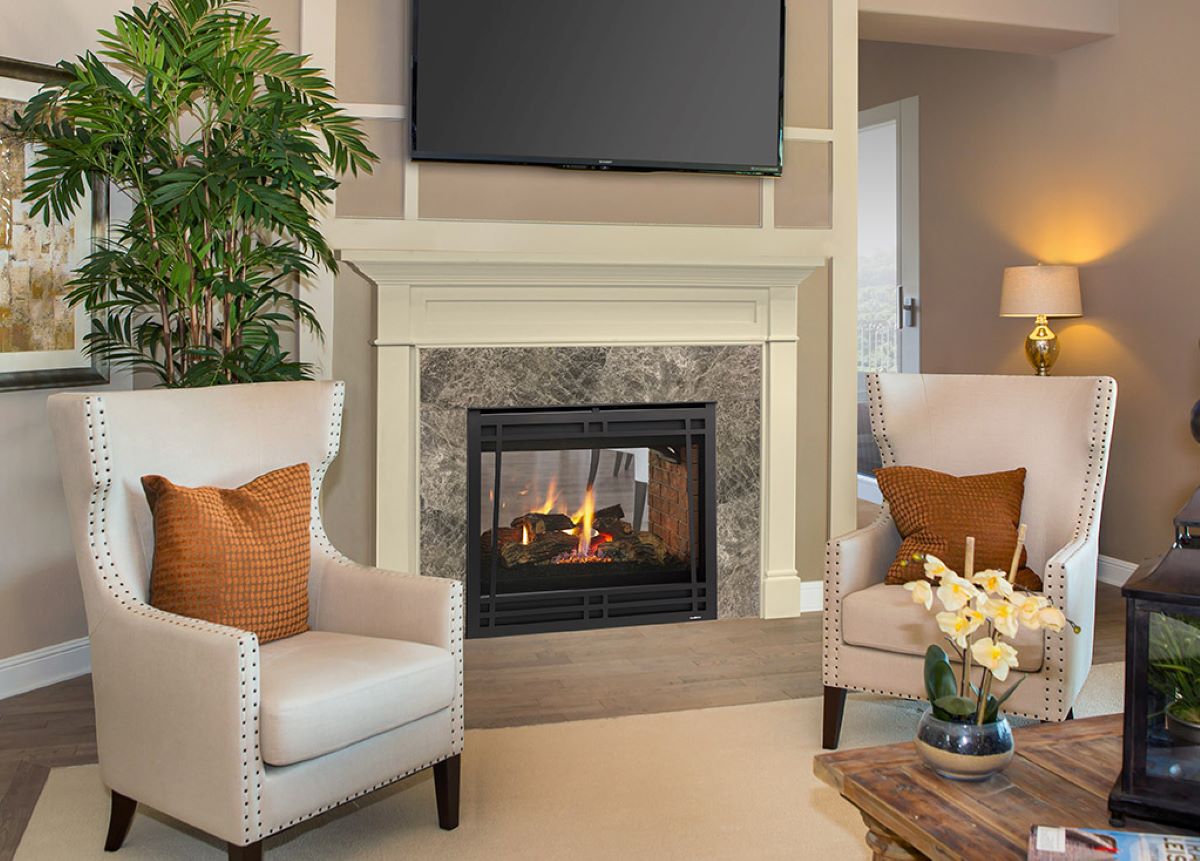
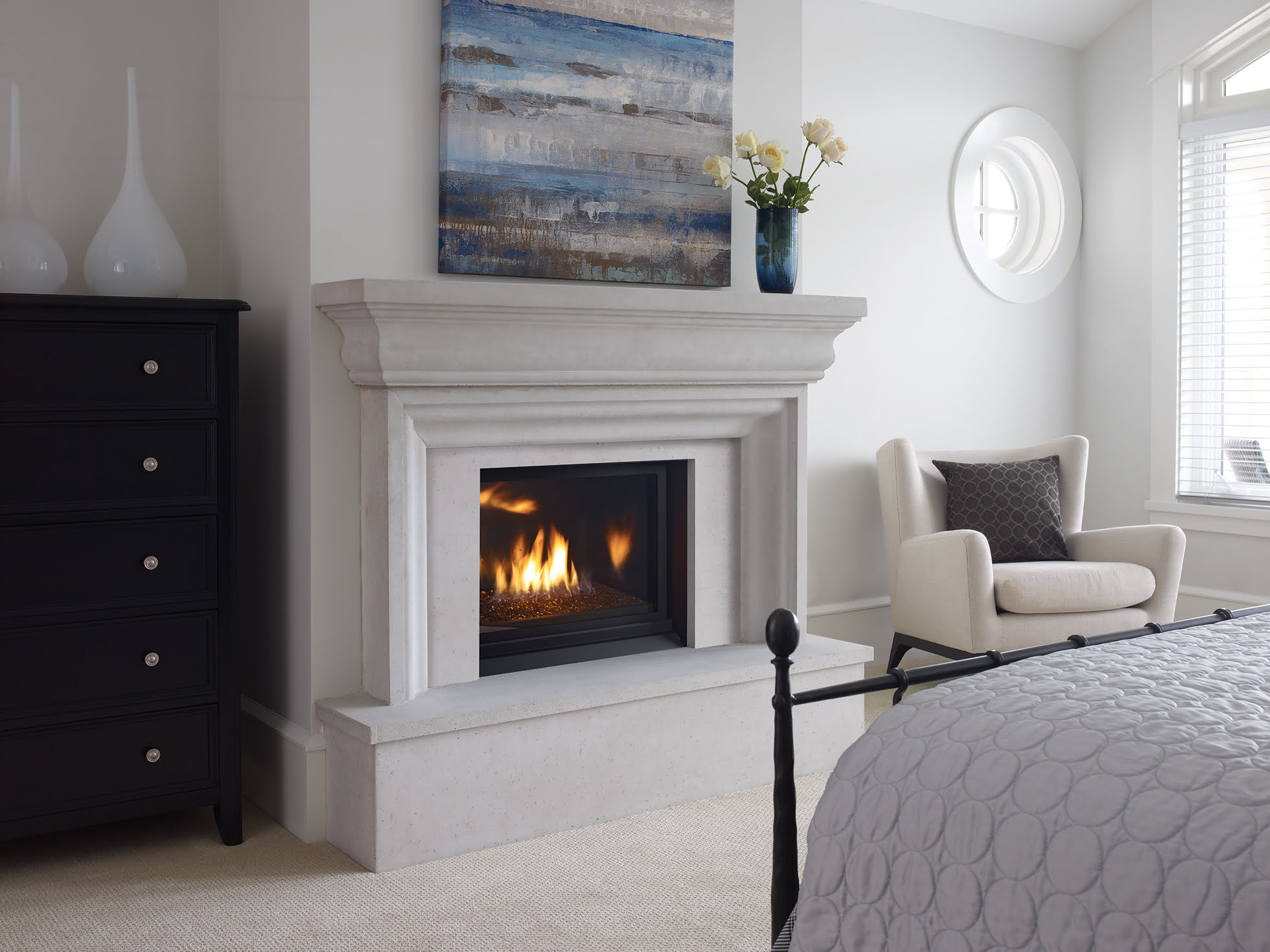
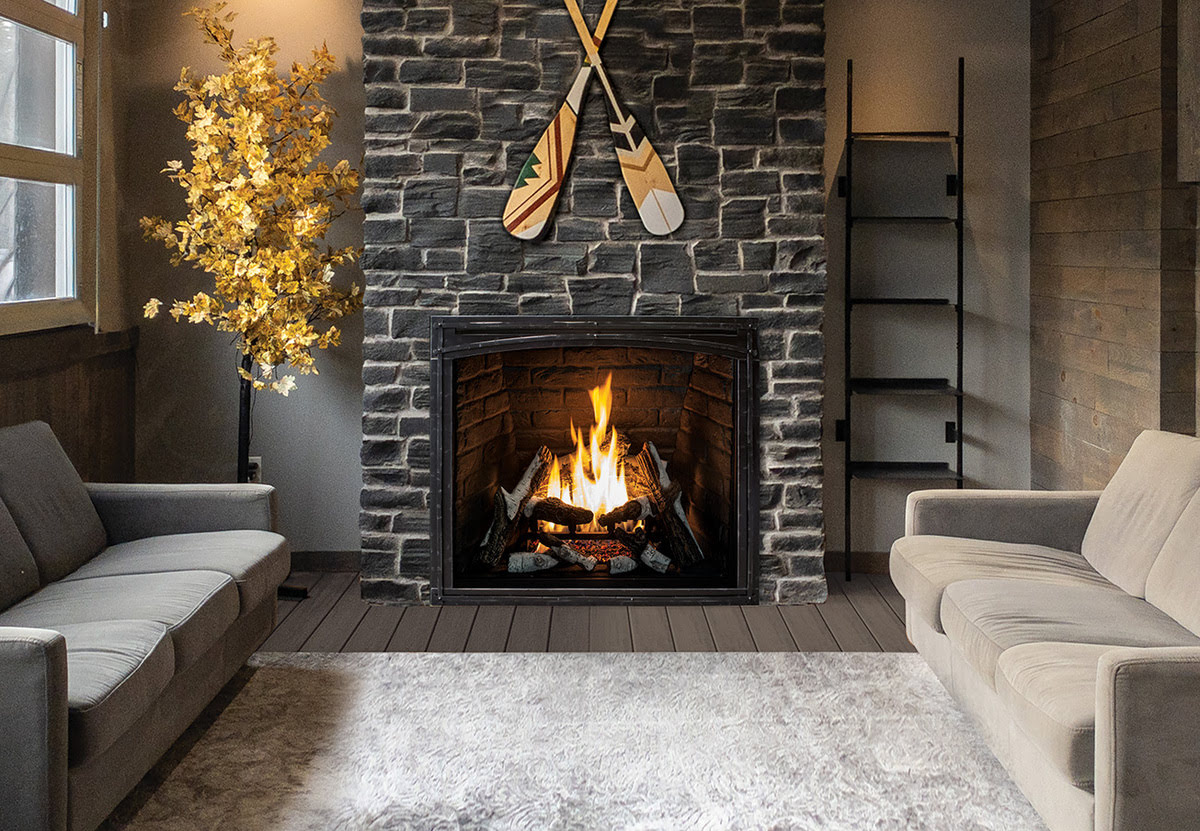

0 thoughts on “How Many BTUs Does A Gas Fireplace Use”